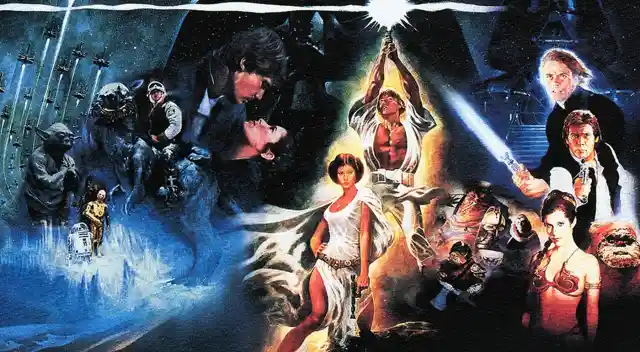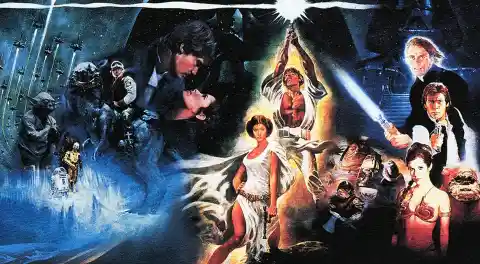With the upcoming brand-new installment in the legendary and beloved Star Wars saga, I decided to give props to some of the greatest sci-fi movies to ever grace the silver screen. All of the movies on this list either influenced or were influenced by the Star Wars franchise in both large and small ways. Of course, this list is my own opinion; feel free to share your ideas in the comments or yell at me on Twitter.
Number Eleven: Event Horizon – 1997. Screenplay/Story – 2/5, Acting – 3/5, Directing – 3/5, Cinematography – 3/5, Production – 4/5.
Event Horizon is a ’90s horror film set in deep-space that includes fantastic performances from stars like Sam Neill and Laurence Fishburne. A salvaging crew is commissioned to find a lost craft called the Event Horizon designed by an eccentric Doctor played by Neill. The craft disappeared into a wormhole and when the salvage crew goes aboard to investigate why the ship is completely deserted, they soon discover that a hellish extra-dimensional presence has infested the ship. One by one the crew descends into paranoia and madness. The exteriors of the space ships are reminiscent of the detailed models used in the original Star Wars movies, but other than that, this is a VERY different experience – but one that certainly doesn’t disappoint.
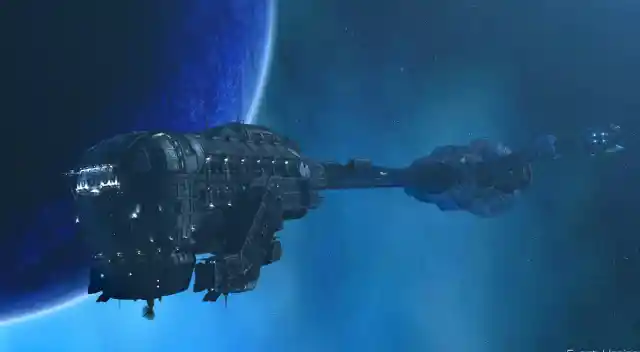
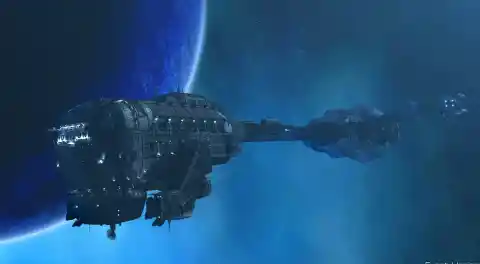
Number Ten: Serenity – 2005. Screenplay/Story – 4/5, Acting – 3/5, Directing – 3/5, Cinematography – 3/5, Production – 4/5.
The 2005 sci-fi film Serenity directed by Hollywood powerhouse Joss Whedon was based on the short-lived Sci-Fi Channel series Firefly which was also written and directed by Whedon. Starring the modern-day Han Solo-style space pirate Mal, played by the charming, quick-witted and passionate Nathan Fillion, he and his crew must protect a young man and his mysterious sister River, a stunning and kick-ass early performance by actress Summer Glau, and uncover a galactic government conspiracy of human experimentation and interstellar war. Serenity is a must see for any fan of Star Wars.
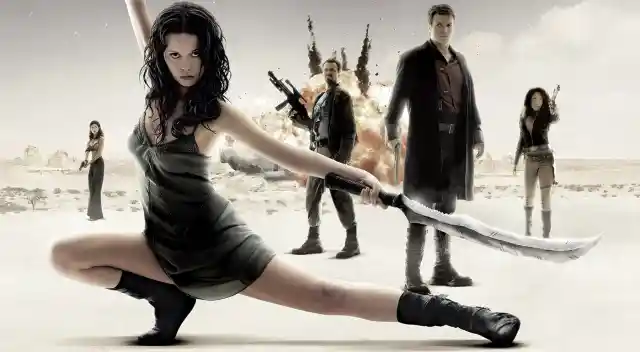
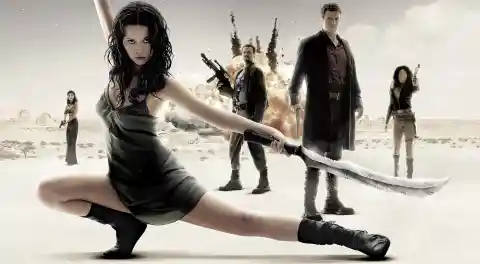
Number Nine: The Hitchhiker’s Guide to the Galaxy – 2005. Screenplay/Story – 4/5, Acting – 3/5, Directing – 3/5, Cinematography – 4/5, Production – 4/5.
The Hitchhiker’s Guide to the Galaxy was 2005’s science fiction breath of fresh air. It may have been based on a series of novels by Douglass Adams. Martin Freeman, who went on to star in The Hobbit trilogy, plays a mild-mannered British man who is thrust into a series of visually stunning, action-packed, and hilarious intergalactic misadventures. With a wonderful supporting cast of Mos Def, Zooey Deschanel, and Sam Rockwell, this philosophical romp with worth a watch and makes me wonder if the new Star Wars will delve deeper into their own philosophies.
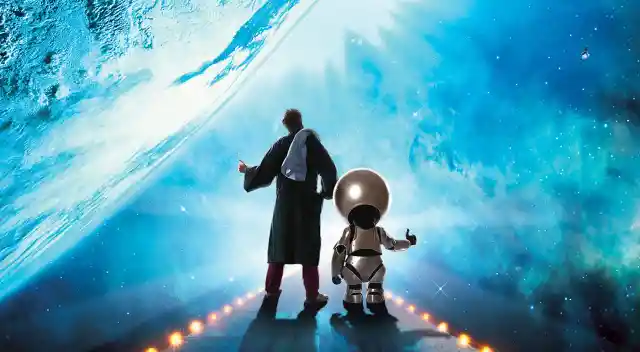
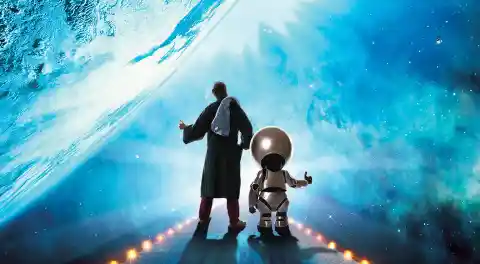
Number Eight: The Fifth Element – 1997. Screenplay/Story – 4/5, Acting – 4/5, Directing – 3.5/5, Cinematography – 4.5/5, Production – 4/5.
The Fifth Element is influenced by so many different things and yet stands alone as a unique science-fiction adventure. A race of ancient beings holds the only weapon capable of destroying an interstellar force of pure evil that emerges every 5,000 years. This weapon happens to be a young woman named LeeLoo, the career launching point for indie actress Mila Jovovich, who was recently genetically re-built with a 3D printer (how eerily relevant) and proceeds to crash into the hover-taxi of special forces veteran Korben Dallas, played by exploding movie star Bruce Willis. With the comedy relief of Chris Tucker playing out-of-control radio DJ Ruby Rohd and a mish-mash of influences from 1970s and ’80s graphic magazine Heavy Metal, the cult hit Blade Runner, and, of course, Star Wars is laden throughout The Fifth Element, but the story itself is holy, original and a wonderful experience.
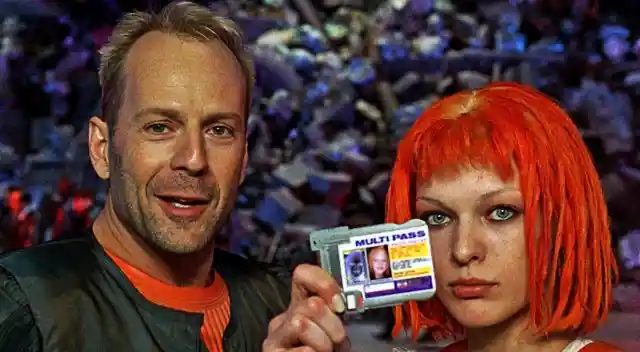
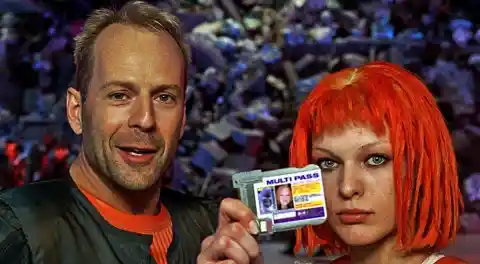
Number Seven: The Matrix – 1999. Screenplay/Story – 5/5, Acting – 3/5, Directing – 3/5, Cinematography – 4.5/5, Production – 5/5.
The Matrix changed cinema forever, and its influence can be seen in almost any action movie made today. A Star Wars for the digital age, The Matrix launched Keanu Reeves to super-stardom for his portrayal of Neo, an ordinary computer hacker who learns that he may be the savior of mankind. With the old wizard mentor, Morpheus, played by Laurence Fishburne guiding Neo through “The desert of the Real,” this movie truly captures the imagination during the beginning of the Digital Age, introduces many interesting philosophical questions, and remains a cinematic classic to this day.
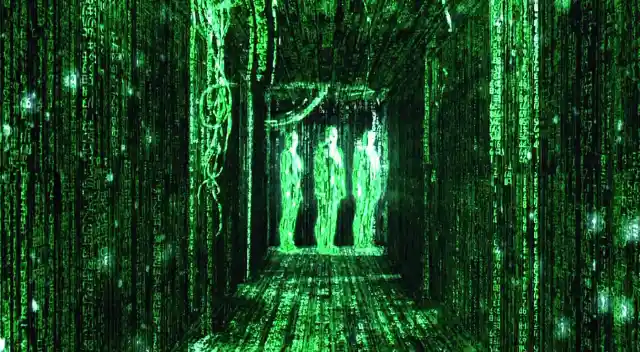
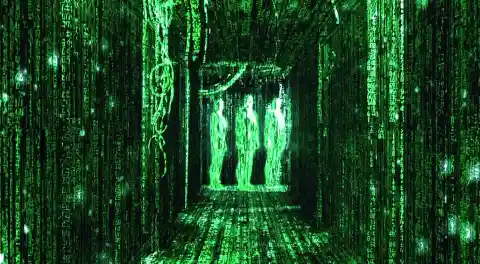
Number Six: The Terminator – 1984. Screenplay/Story – 4/5, Acting – 3/5, Directing – 4/5, Cinematography – 4/5, Production – 4.5/5.
James Cameron’s breakout hit The Terminator introduced us to the future governor of California and winner of The Mister Universe bodybuilding competition, Arnold Schwarzenegger. Cameron also gave us one of the most badass action heroes ever and mother of mankind’s post-apocalyptic savior, Sarah Conners, played passionately and dedicatedly by rising star Linda Hamilton. Going back in time on a mission to protect Conner from the deadly cyborg Terminator, Michael Biehn gives a committed performance as human resistance soldier Kyle Reese. While Star Wars always had technology securely subordinate to people, The Terminator gave us a new look into what happens if technology-based beings were to become the dominant form of life.
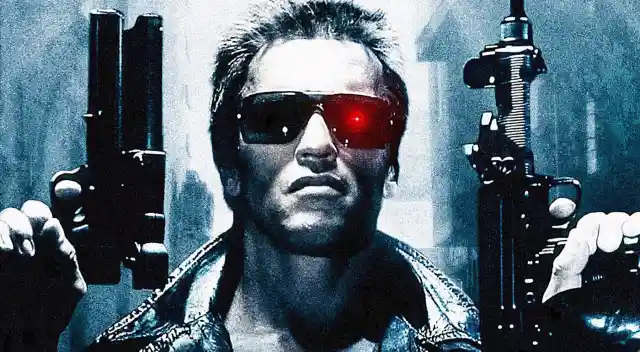
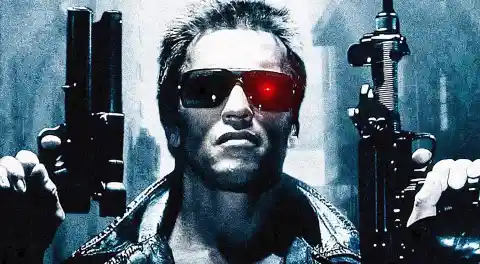
Number Five: Interstellar – 2014. Screenplay/Story – 4/5, Acting – 4/5, Directing – 3.5/5, Cinematography – 4/5, Production – 5/5.
Interstellar starring Matthew McConaughey and directed by Christopher Nolan was a massive cinematic achievement. Not just in scope and amazing visuals, but also with a story that is both intellectual and heartwarming. It seemed like a love letter to the great science fiction movies of our history, from Star Wars to 2001: A Space Odyssey all the way back to the silent film A Trip To The Moon. Nolan dared the world to dream again and follow those dreams no matter what the risk.
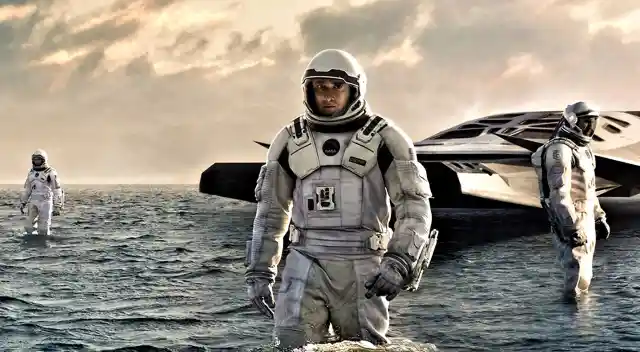
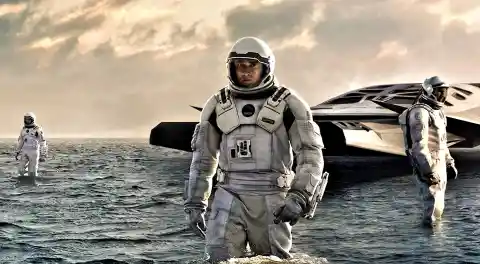
Number Four: The Thing – 1983. Screenplay/Story – 4.5/5, Acting – 3/5, Directing – 3/5, Cinematography – 4/5, Production – 5/5.
John Carpenter, Lovecraft fanatic and horror master, shocked the world with his 1983 masterpiece The Thing based on the short story Who Goes There? by John W. Campbell, Jr. which inspired the 1951 black and white film The Thing From Another World. John Carpenter’s remake stars Kurt Russel as part of a research team stationed in the Arctic who encounter a thing that can shape shift and imitate any life form it comes in contact with. With the danger of global extinction looming if the creature were to escape to a populated area, the crew descends into paranoia and betrayal as they don’t know who of their friends could be an imposter while they try to destroy every trace of the alien monster. The Thing features some of the best gore and creature effects since Alien or Star Wars.
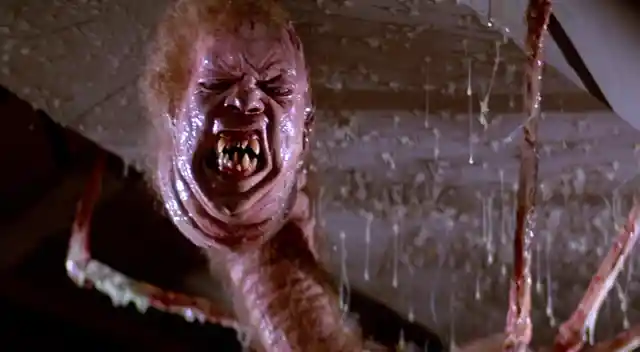
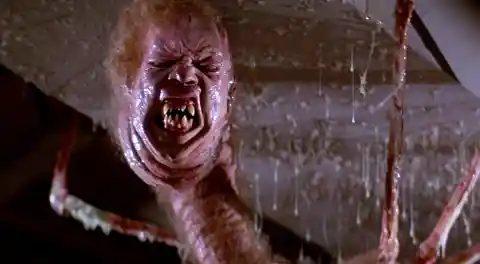
Number Three: Alien – 1979. Screenplay/Story – 4/5, Acting – 5/5, Directing – 4/5, Cinematography – 4/5, Production – 4.5/5.
Inspired by the beautifully disturbing artwork of H.R. Giger and directed by Ridley Scott, Alien introduced us to the notion that “In Space… No One Can Hear You Scream.” Aside from one of the most recognizable tailgates ever, it also introduced us to an alien that did want to make friends or teach us how to use The Force. The insect/lizard-like creature is one of the most iconic movie monsters in history as is the struggle of Ellen Ripley, Sigourney Weaver’s career-launching role, and the crew of the planetary mining ship Nostromo to find and destroy the unstoppable killing machine. With genuine scares and an evil android, this movie was a clear response to Star Wars, which came out two years earlier. Scott wanted to show the scarier side of outer space, and he succeeded more than almost anyone else in the genre.
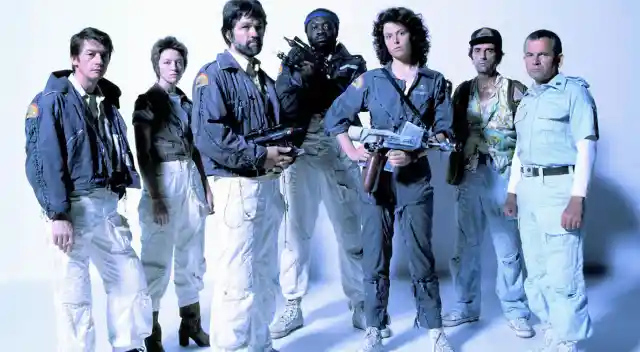
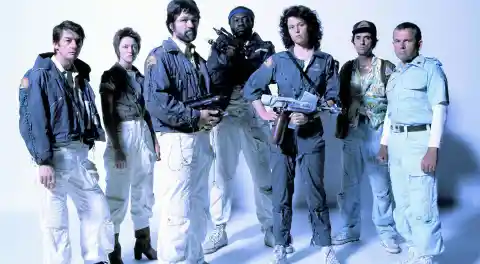
Number Two: 2001: A Space Odyssey – 1968. Screenplay/Story – 4/5, Acting – 2.5/5, Directing – 3/5, Cinematography – 3/5, Production – 4.5/5.
Stanley Kubrick’s philosophical interstellar opera and mind-exploding visuals make 2001: A Space Odyssey one of the top three greatest science fiction movies of all time. Kubrick takes us on a psychological thrill-ride and gave us our first look at an artificial intelligence gone bad in HAL (Heuristically programmed Algorithmic computer). Inspiring future movies like the evil robot Ash (Ian Holm) in Alien or the techno-organic assassin in The Terminator, Kubrick reignited mankind’s fear of being destroyed by our own creation. The revolutionary visual effects, art design, and unique locations clearly influenced George Lucas when he made his first futuristic sci-fi film THX 1138 in 1971 and, of course, in Star Wars in 1977.
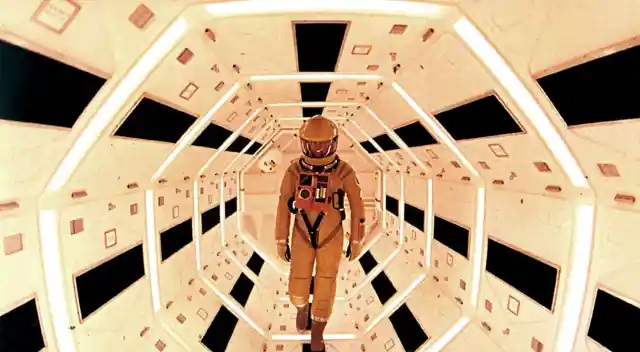
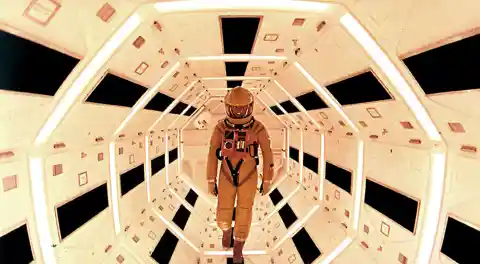
Number One: The Star Wars Trilogy – 1977, 1980, 1983. Screenplay/Story – 5/5, Acting – 4/5, Directing – 4/5, Cinematography – 4.5/5, Production – 5/5.
Was there ever a question that Star Wars would be ranked number one? The original three movies that came out between 1977 and 1983 revolutionized filmmaking forever. Not just the special effects or the story, but the idea of creating a universe of stories and characters that will last long after its creator has died. It’s mythical, it’s thrilling, it’s humorous and the world just cannot get enough. Star Wars: The Force Awakens comes out in just a few weeks on December 18th and it has a lot to live up to, but if the trailers are any indication, it will go above and beyond our wildest dreams.
